Red light therapy on the stomach may ease bloating, support digestion, and reduce fat. Clinical wavelengths like 635nm and 830nm penetrate deep into tissue, triggering cellular repair and microbiome shifts that support gut health and body balance.
Most people chalk digestive sluggishness, stubborn waistline fat, and unexplained bloating to diet or hormones. But what if your gut's energy system could be tuned up like a battery?
That’s exactly what targeted red light therapy offers. When applied to the abdomen, specific wavelengths (like 635nm and 830nm) activate mitochondrial energy, reduce inflammation, and may even improve gut microbiome diversity.
If you’re tired of gimmicks and ready to try a therapy with real photobiomodulation science behind it, the Lumara Pad delivers medical-grade light directly to your gut.
Want the full breakdown on how and why it works? Keep reading.
How Red Light Works When Applied to the Abdomen
Photo Source -> Photobiomodulation, Underlying Mechanism and Clinical Applications
Wavelength Penetration and Depth
Red light therapy typically uses light in the 630–850nm range. Red light around 660nm reaches skin-deep layers, while near-infrared (NIR) wavelengths around 850nm penetrate deeper tissues.
Studies suggest this wavelength range can activate mitochondria, the cell’s energy generators, and increase ATP production. That activity helps support cell repair, reduce oxidative stress, and improve circulation, all of which contribute to gut tissue resilience and metabolic balance when light is directed at the stomach.
Key Targets in the Stomach Region
Several systems respond to red and near-infrared light during abdominal sessions. These include subcutaneous fat layers, lymphatic pathways, and the gut microbiome. Researchers and users alike are paying closer attention to microbiome reactions when light interacts with these zones.
The lower belly houses not only fat but also complex networks that regulate digestion, inflammation, and absorption. By improving energy output at the cellular level, red light therapy appears to support tissue recovery and may enhance overall abdominal function over time.
What’s Happening Inside the Gut
Gut Microbiome Diversity and Light Exposure
Animal studies using near-infrared light on the abdomen have shown sharp increases in beneficial gut bacteria, some reporting up to a 10,000-fold boost in species like Allobaculum.
This type of response hints at an effect beyond surface tissues, especially when using longer wavelengths such as 830nm. Red light may support the microbiome by reducing inflammation in the gut wall, which gives bacteria a better environment to thrive.
Inflammation and Cellular Repair
Cells in the intestinal lining often operate under high stress. Mitochondrial stimulation from red and NIR wavelengths can help restore balance. When ATP production increases, cells become more resilient to oxidative damage and recover more quickly from flare-ups or microtears.
Improved circulation is another mechanism at play. Better blood flow to abdominal tissues means more oxygen, more nutrients, and more efficient waste removal. This kind of effect is central to why people apply the Lumara Pad directly to the gut area, to reach deeper layers while maintaining comfort and flexibility.
How to Use Red Light on the Stomach Safely
Duration, Frequency, and Distance
Most users run their red light sessions for 15 to 25 minutes per area, three to five times per week.
Panels are typically used 6 to 12 inches away from the body, while pads can be applied directly to the skin. Closer proximity improves light absorption, especially in areas with more subcutaneous fat.
Devices with multiple wavelengths, particularly those combining 635nm, 830nm, and 940nm, give broader coverage across surface and deep tissue.
The Lumara Pad uses all three in a soft, contact-friendly format designed for gut positioning.
Starting Slowly With Sensitive Digestion
For those dealing with digestive issues or autoimmune flare-ups, shorter sessions may yield better results. Early bloating or discomfort usually means the gut is reacting to energy shifts. Dropping down to 8–10 minutes for the first week can help ease the transition.
Tracking gut responses, such as meal timing, gurgling, or shifts in bloating, can guide session planning. Some people keep light therapy logs to identify what time of day or post-meal windows work best for their body.
Choosing a Device
Flat panels can offer strong output but often feel awkward when used on the stomach. Flexible pads, by contrast, allow for full contact and stay in place more easily during use. Many users prefer this format for its simplicity and better coverage during abdominal sessions.
Daily Practices That Enhance Results
Complementing Therapy With Diet
Many users layer red light sessions with gut-friendly foods to build momentum. Fermented items like kefir, sauerkraut, and kombucha are commonly mentioned alongside high-fiber produce. Some report that timing therapy right after meals helps with digestion, while others prefer it before eating to stimulate circulation.
Hydration plays a big role as well. Blood flow and lymph movement improve under light exposure, so staying hydrated helps the body move waste and nutrients more efficiently.
Using a flexible, deep-penetrating device like the Lumara Pad makes it easier to create a rhythm with these routines, whether it's daily, every other day, or around workout recovery.
Recovery and Exercise Routines
People using red light on their stomach often describe a smoother recovery process during exercise cycles.
One common observation is that sore muscles ease up more quickly, especially when abdominal treatments are paired with lower-body strength days.
Others mention better sleep, sharper focus, or more steady energy during the day. These shifts tend to appear gradually, but they reinforce motivation to keep going. Some pair light sessions with mobility work or light walking to extend those benefits further.
Frequently Overlooked Mistakes
Skipping the Routine Too Soon
Many users pause treatments too early. Red light therapy works best with momentum. Breaks longer than a few days can delay progress. The first two weeks are where your system adapts, cutting it short during that window can leave you unsure if the therapy was helping or not.
Poor Device Positioning
Too much distance between light and body weakens the effect. Lifting a panel off the floor or couch cushions can solve uneven angles. Pads like the Lumara Pad help eliminate guesswork by laying flat on the body, no light gaps, no awkward setups.
Forgetting the Basics
Low hydration, processed food, poor sleep, all of these limit cellular recovery. Even with daily red light use, progress stalls if the basics are neglected. The most successful users dial in their sleep and meal routines alongside their light sessions.
How to Track Progress Without Guesswork
Visual Changes and Measurement Logs
Keeping track of waist measurements, posture, and digestion logs can make a big difference. Many users see subtle changes over 4–6 weeks that don’t show up on the scale.
Using a fabric measuring tape once a week, always in the same spot, helps reveal shifts in abdominal size that might otherwise go unnoticed.
Photos taken in consistent lighting are another way to monitor changes in posture, bloating, or skin tone.
Users who report the clearest progress usually combine visual documentation with regular session timing using tools like the Lumara Pad, especially when sessions stay consistent across weeks.
Internal Markers and Daily Signals
Beyond appearance, digestive comfort is a strong signal. Track changes in meal tolerance, gurgling, energy dips, and bowel movement regularity.
Some people use symptom journals or wellness apps to match their therapy sessions to how they feel that day. Red light effects often build gradually, so spotting those patterns early gives you the feedback you need to stay consistent.
Why Red Light on the Stomach Works Better with Lumara
Targeting the stomach with red or near-infrared light focuses energy on tissues involved in digestion, circulation, and inflammation. It's being explored not just for surface effects, but for how light may influence gut function, abdominal tension, and whole-body energy regulation.
But the device you choose matters.
Unlike underpowered knockoffs, the Lumara Pad delivers uniform, multi-wavelength light (635nm, 830nm, 940nm) that reaches deep tissue layers where your gut microbiome actually lives. Its soft, flexible design means better contact, better results, and less setup hassle.
Ready to build a smarter light therapy routine? Explore the Lumara Pad →
What People Still Want to Know
Which wavelengths work best for digestion?
Red light around 635–660nm reaches surface layers. Near-infrared wavelengths like 810–850nm penetrate deeper into gut tissue. Devices that combine both types, like the Lumara Pad, offer broad support for circulation, inflammation, and tissue recovery.
Why do I hear gurgling after using my pad?
This usually signals gut activity. The sound may reflect increased peristalsis or a shift in the microbiome environment. Users often notice this after light increases local blood flow and nerve stimulation in the abdominal area.
What time of day works best?
Morning sessions tend to support digestion and energy balance. Others use red light after meals or before rest periods to help with gut calm and recovery. The best timing depends on when your body responds most noticeably.
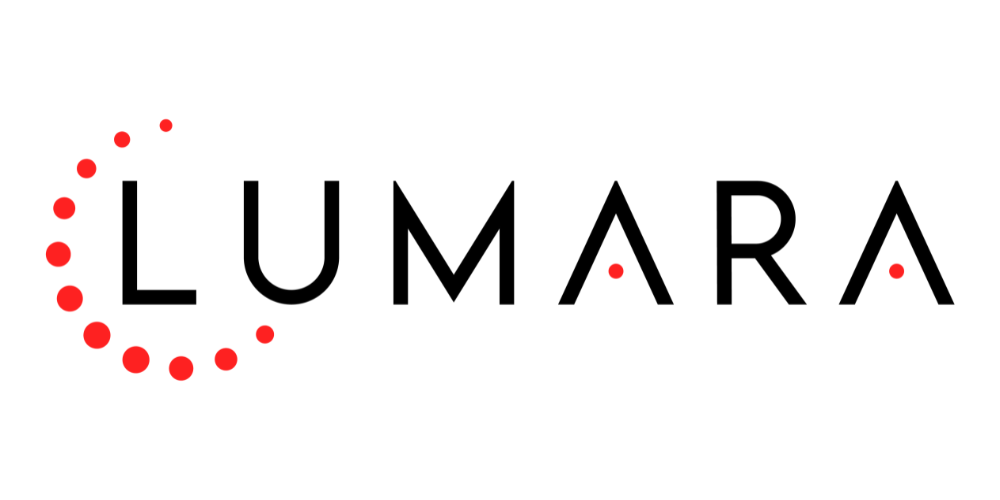
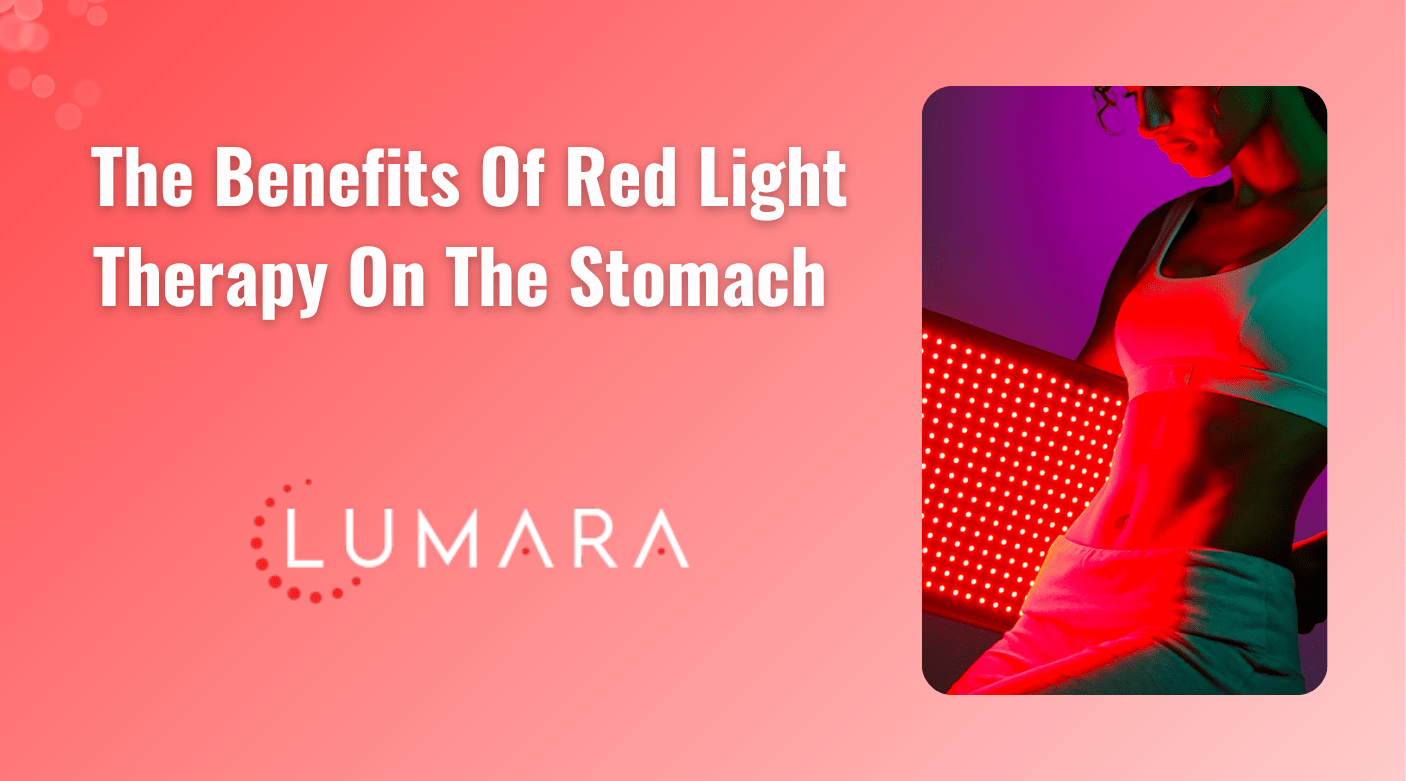
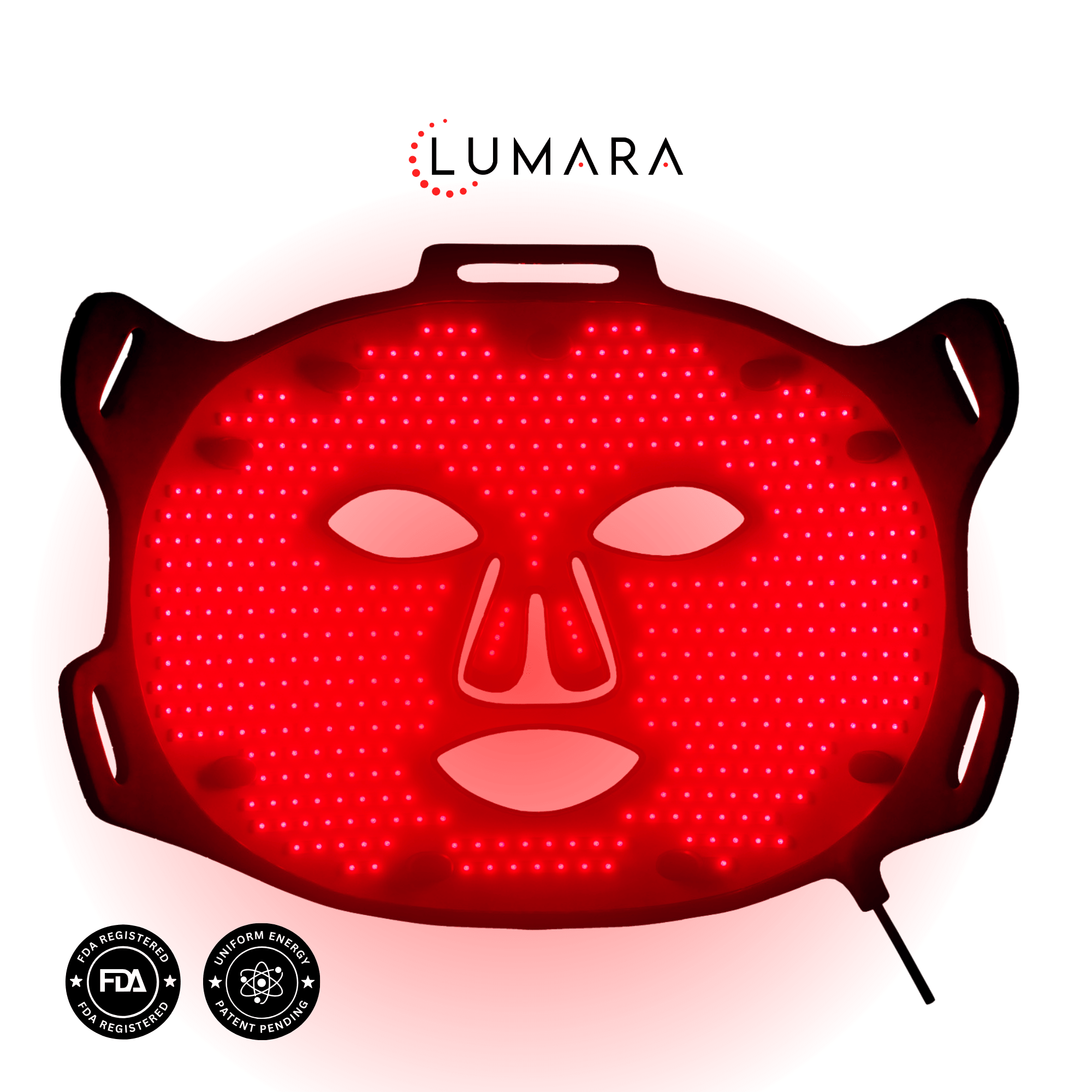

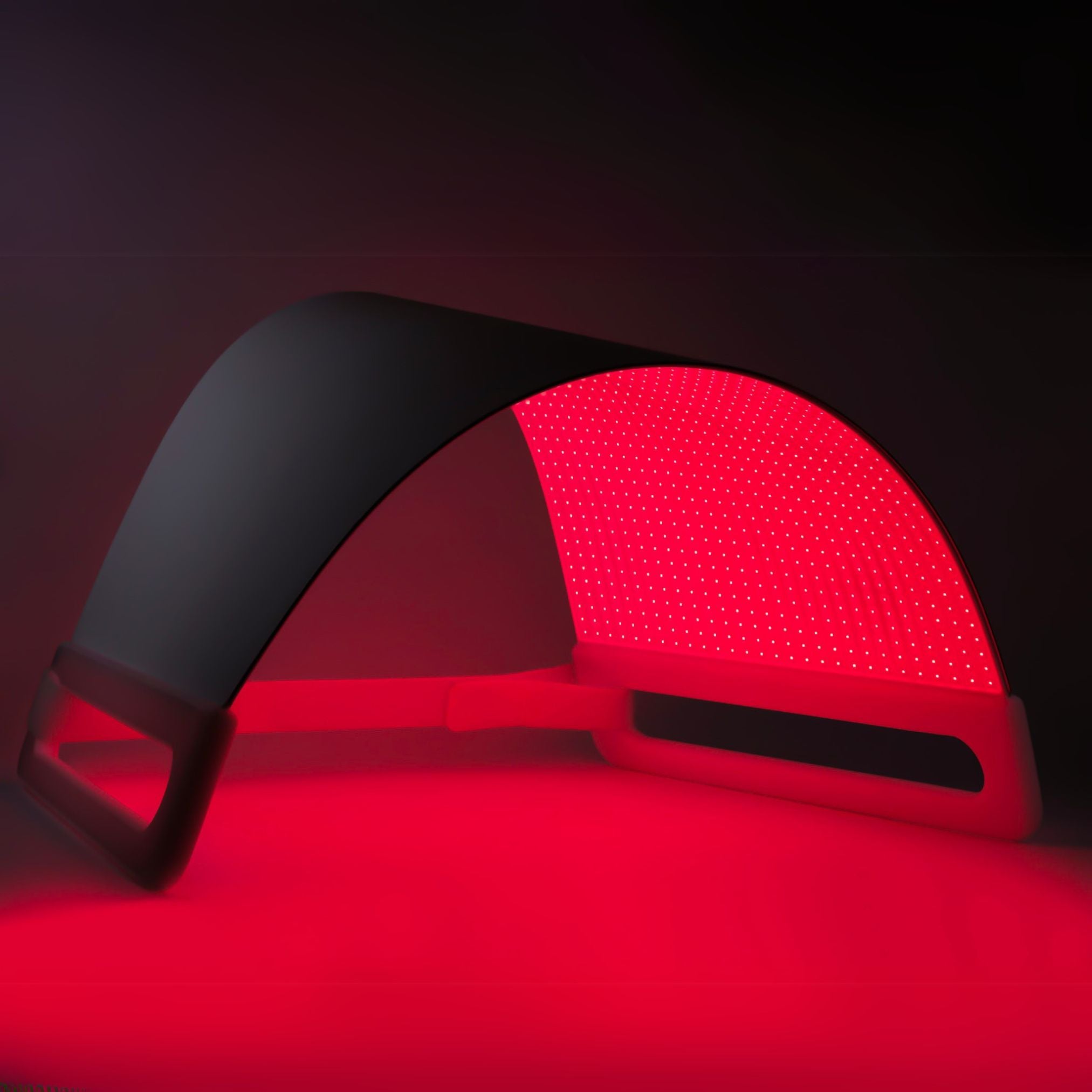
Share:
Red Light Therapy for Hyperpigmentation: Fading Dark Spots
Daily Red Light Therapy: Frequency, Dose & Safe Use